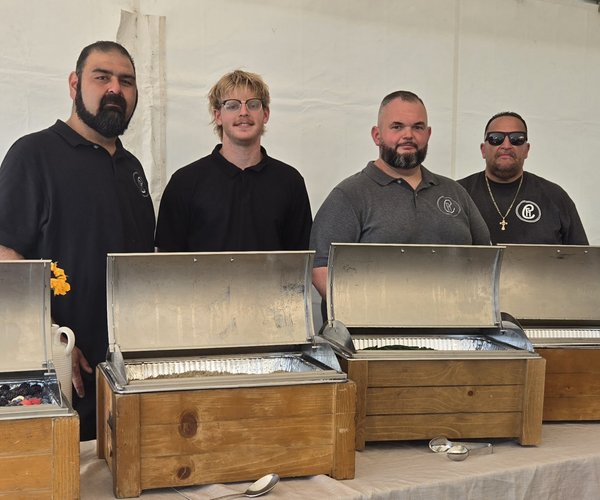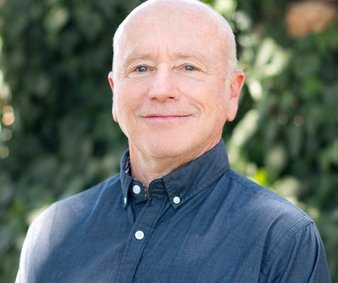With four years of refining and retooling behind it, the California Air Resources Board has released the details of the long-awaited greenhouse gas emissions cap-and-trade regulation proposal.
The release of the proposal ushers in a public comment period that began Monday. On Dec. 16, the Board will hold a hearing in Sacramento to consider the adopting the proposed program.
The program, Global Warming Solutions Act AB 32, has a goal of reducing greenhouse gas emissions to 1990 levels by 2020. In 2008, the board approved the AB 32 Scoping Plan that uses a cap-and-trade program as well as other measures to meet climate change goals.
The cap-and-trade is considered a key element of the program and would place an overall limit on greenhouse gas emissions from the sources responsible for 85 percent of California’s emissions, such as refineries, large-scale industrial operations, and power plants. The program would allow trading of emission allowances between sectors to help curb compliance costs.
If the program is adopted by the board it would start taking effect in 2012, at which time it would impose emission caps on electrical and large industry sectors. In 2015 the caps would expand to include distributors of transportation fuels, natural gas, and other fuels. The initial cap in 2012 would be set at emissions forecast for that year and would decrease by about 2 percent each year through 2014. Beginning in 2015, the cap would decrease by 3 percent annually, until 2020, when it’s expected the cap would be about 15 percent below the 2012 levels.
The Air Board’s report states the cumulative reductions needed between 2012 to 2020 are 273 million metric tons of carbon dioxide.
Sectors would be given tradable permits from the state. The capped industries would be able to purchase additional allowances through auctions or from other industries. Initially, the Air Board would distribute allowances for free to help businesses with the transition into the program.
Even though the details of the proposal were just released, the program’s merits and detractions have been heatedly debated since AB 32 was signed in 2006.
The Air Board is touting the program as a landmark initiative that will go a long way towards reducing global warming.
“This program is a crucial element of reducing our greenhouse gas emissions,” said Air Board Chairperson Mary D. Nichols. “It will help drive innovation, create more green jobs and clean up our air and environment. We have worked closely with all interested parties and stakeholders to make sure that the program provides flexibility to reach our emissions reduction goals while taking into consideration the current economic climate and the need to fully protect California’s economy.”
The recently re-elected Assemblyman Dan Logue, R-Linda, was soundly against the program and authored Prop 23, which would have suspended AB 32 until the state’s unemployment rate dropped to 5.5 percent.
“Again, here we have a state agency, of non-elected officials, using their powers to create mandates on businesses and the people of California,” stated Logue. “The most outrageous part of all of this is that they haven’t even taken the time to sit down and speak directly to the businesses that will now have to bear the burden.”
Prop 23 was defeated Tuesday, 61.1 percent to 38.9 percent.
For more details and instructions on how to comment on the proposed regulation, see the Notice of Public Hearing at: http://www.arb.ca.gov/regact/2010/capandtrade10/capnotice.pdf
To contact Sabra Stafford, e-mail sstafford@turlockjournal.com or call 6347-9141 ext. 2002.









